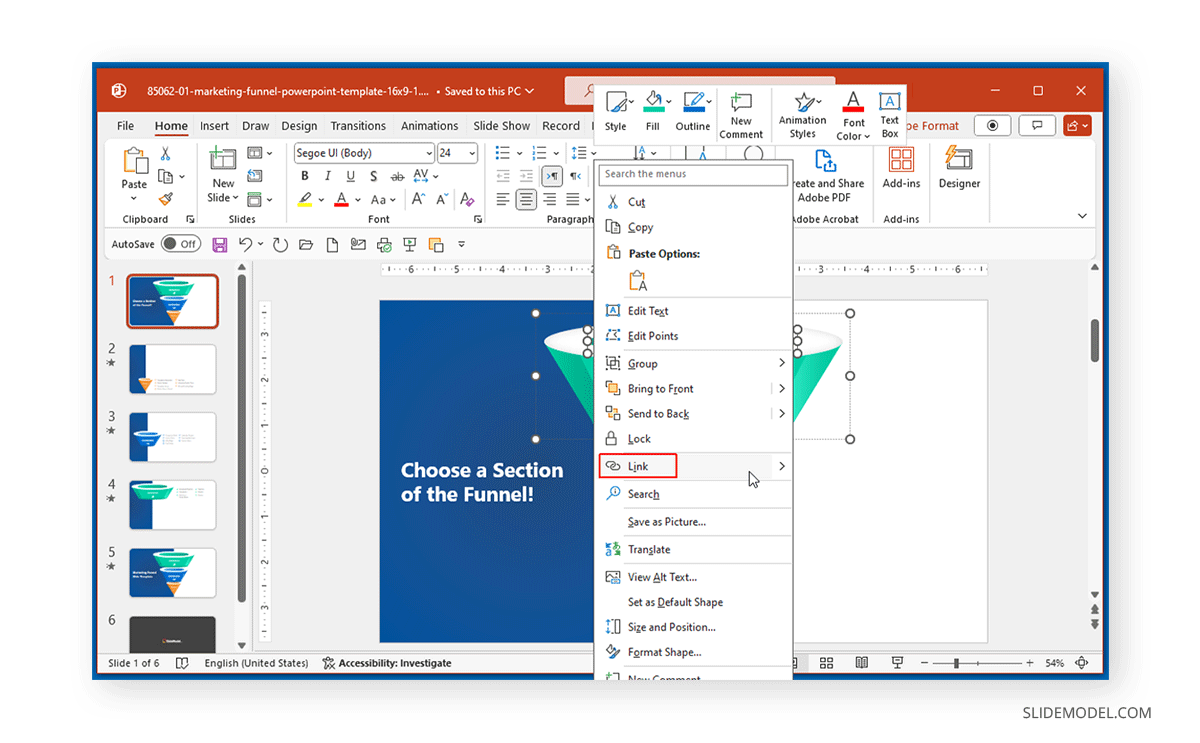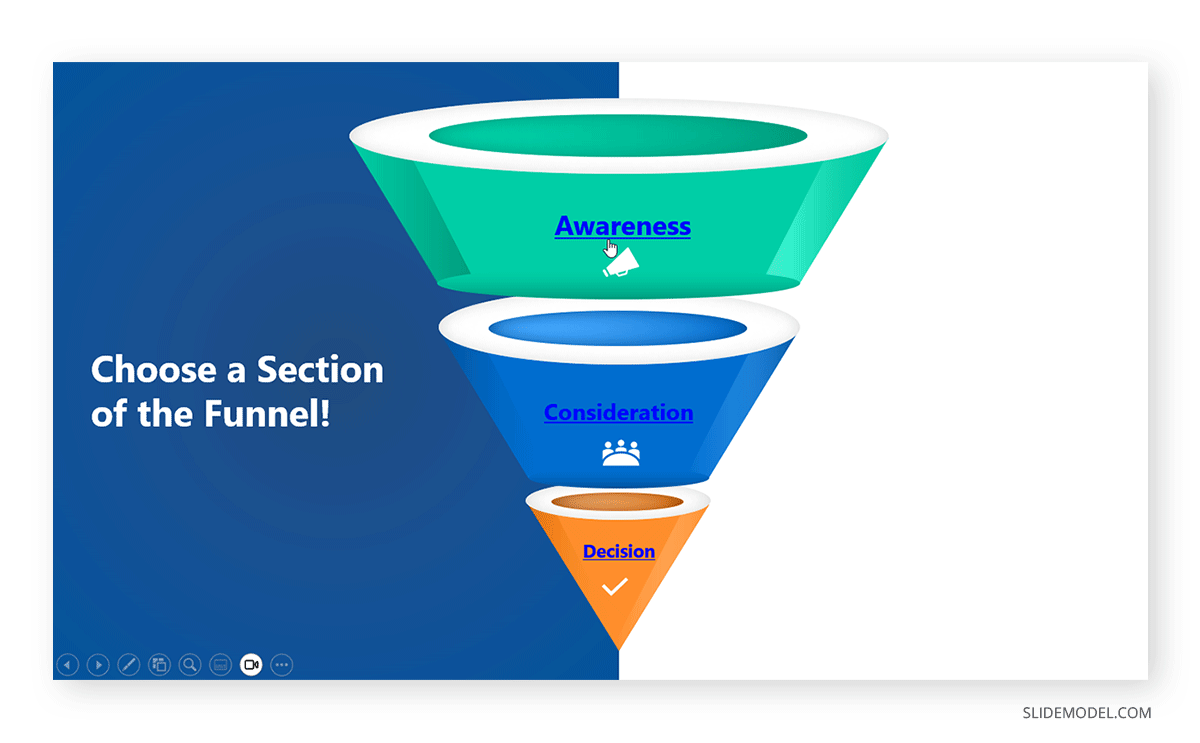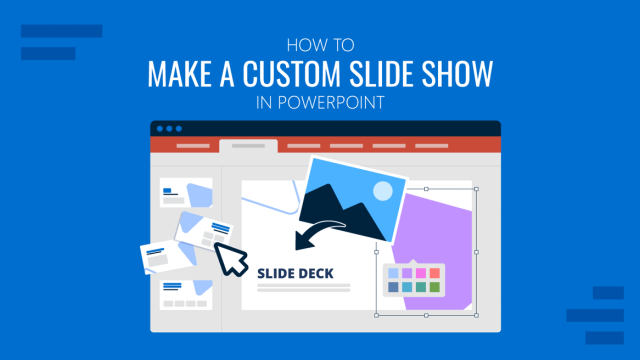
Businesses create interactive slideshows to attract potential clients’ attention when they are visiting a store, stall at an expo, or kiosk. Such slideshows can be created using PowerPoint by linking together different slides to create branching scenarios.
What are Branching Scenarios?
Branching scenarios consist of simulations created to mimic real-life scenarios. These decision-based tools can be used for learning, advertisement, gamification, and giving end users an interactive experience to explore different options associated with a topic. Branching scenarios are commonly used in interactive games, museums, retail stores, etc.
Many museums use branching scenarios to enable visitors to choose various exhibit paths. Similarly, retail stores use branching scenarios to recommend items to customers. Even fast food restaurants like McDonald’s use a kiosk-like approach to enable customers to customize and place orders based on different choices on a menu.
Creating Branching Scenarios in PowerPoint
You can create branching scenarios using Google Slides templates or PowerPoint templates by linking slides to different presentation parts. In the example below, we will use the 3-Stage Marketing Funnel PowerPoint Template to create an interactive presentation by connecting different funnel parts to related slides.

You can add shapes or use elements from existing PowerPoint templates to link to different slides. In this example, we will link the text of each part of the funnel to a specific slide, such as the Awareness block to the slide related to awareness raising, the Consideration slide to a slide dedicated to customer considerations, and the Decision slide linked to a slide explaining how customers make a final decision when buying products. For all these slides, we selected the text on each part of the funnel and selected Link via the right-click context menu.

In the dialog box that appears, you can decide which slide to link to your selected slide element. In this example, we linked the Awareness block to Slide 4, the Consideration block to Slide 3, and the Decision block to Slide 2.

To return to the title slide with the main menu displaying hyperlinked objects, you can add a shape and link it to the title slide. We inserted a rectangle shape via Insert -> Shapes and placed it on each content slide.

We then added ‘Home’ as the text in each shape and linked it to the title slide.

As you can see from the image below, each title in the funnel is now hyperlinked to a slide and clickable in SlideShow mode. Clicking on any of the blocks will take you to a linked slide in the slide deck.

As you can see from the image below, we also added a block of text titled ‘Home’ that can be used to navigate back to the title slide.

Final Words
Branching scenarios can be great for creating interactive PowerPoint presentations and slide decks for commercial kiosks. You can easily create a digital kiosk using branching scenarios in PowerPoint by linking touch-screen devices with a PowerPoint presentation deck running on the screen.
For more tips on making eye-catching presentations, see our guide on how to start a presentation and how to end a presentation.


